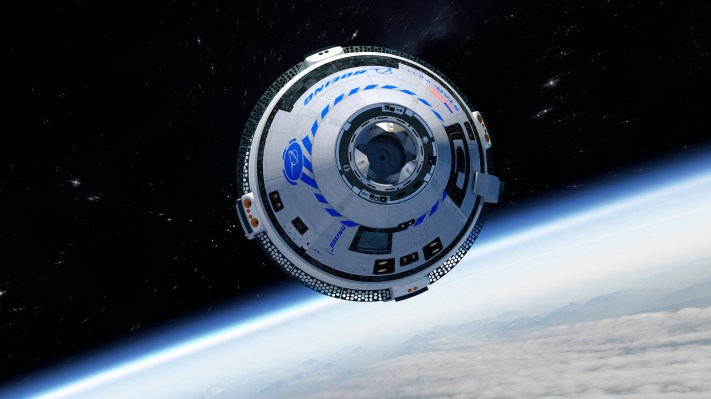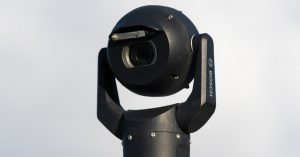
Boeing launched its Starliner CST-100 commercial crew spacecraft to the International Space Station (ISS) for the first time on Friday morning in an uncrewed test, and while an error with the onboard mission clock meant that the Starliner didn’t reach its target orbit as intended and subsequently didn’t have enough fuel on board to actually meet up and dock with the ISS, it’s still doing as much testing as it can to complete other mission objectives. One of those objectives is landing the Starliner spacecraft, and Boeing and NASA have scheduled that landing for Sunday at 7:57 AM EST (4:57 AM PST).
The landing will take place at White Sands, New Mexico, and will involve a controlled de-orbit and descent of the Starliner capsule. The spacecraft will begin its de-orbit burn at 7:23 AM EST if all goes to plan, and NASA will begin a live broadcast of the entire landing attempt starting at 6:45 AM EST (3:45 AM PST) on Sunday morning if you want to tune in to the stream embedded below.
Boeing and NASA held a press conference today to provide updates about the mission status after the unplanned mission timer incident on Friday. Boeing SVP of Space and Launch Jim Chilton said during the conference that the team has managed to successfully run a number of its test objective with the mission despite the setback, including extending the docking system to see that it performs as expected, and testing the abort system on board the crew capsule.
The landing is another key test, and could even be more crucial to crew safety in terms of its execution. Both NASA and Boeing have said that were astronauts on board the Starliner during this mission, the mission clock timer incident that occurred would not have put them in any actual danger at any time. Problems with the automated landing sequence would be a different story, potentially – though astronauts are trained to do everything manually in case of any issues encountered while they’re actually in the spacecraft.
Should anything warrant skipping the first attempt at landing tomorrow, NASA and Boeing have a back-up landing opportunity about eight hours after the first. Tune in tomorrow to see how this spacecraft, which will still hopefully carry its first human passengers next year, does with its landing maneuvers.


